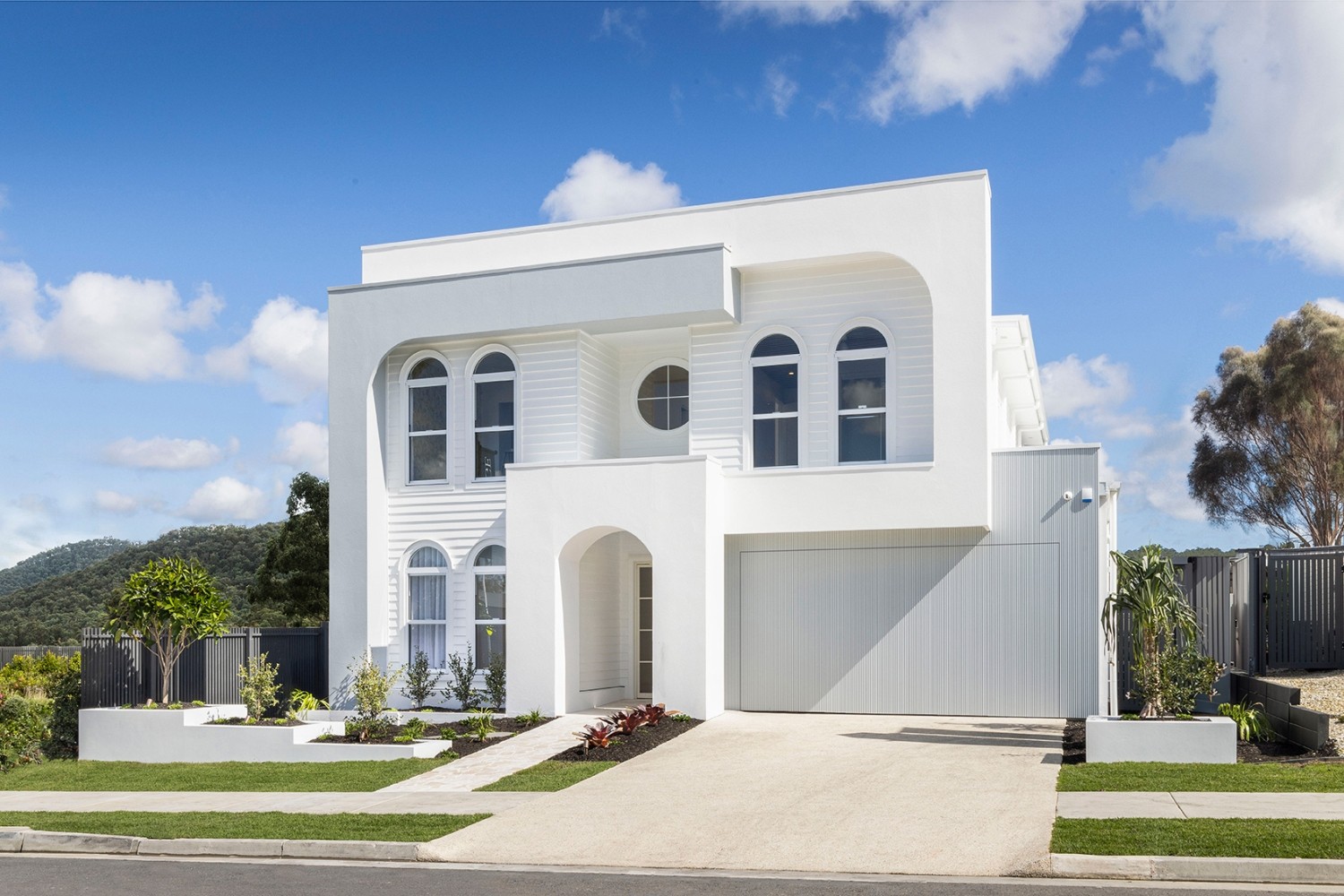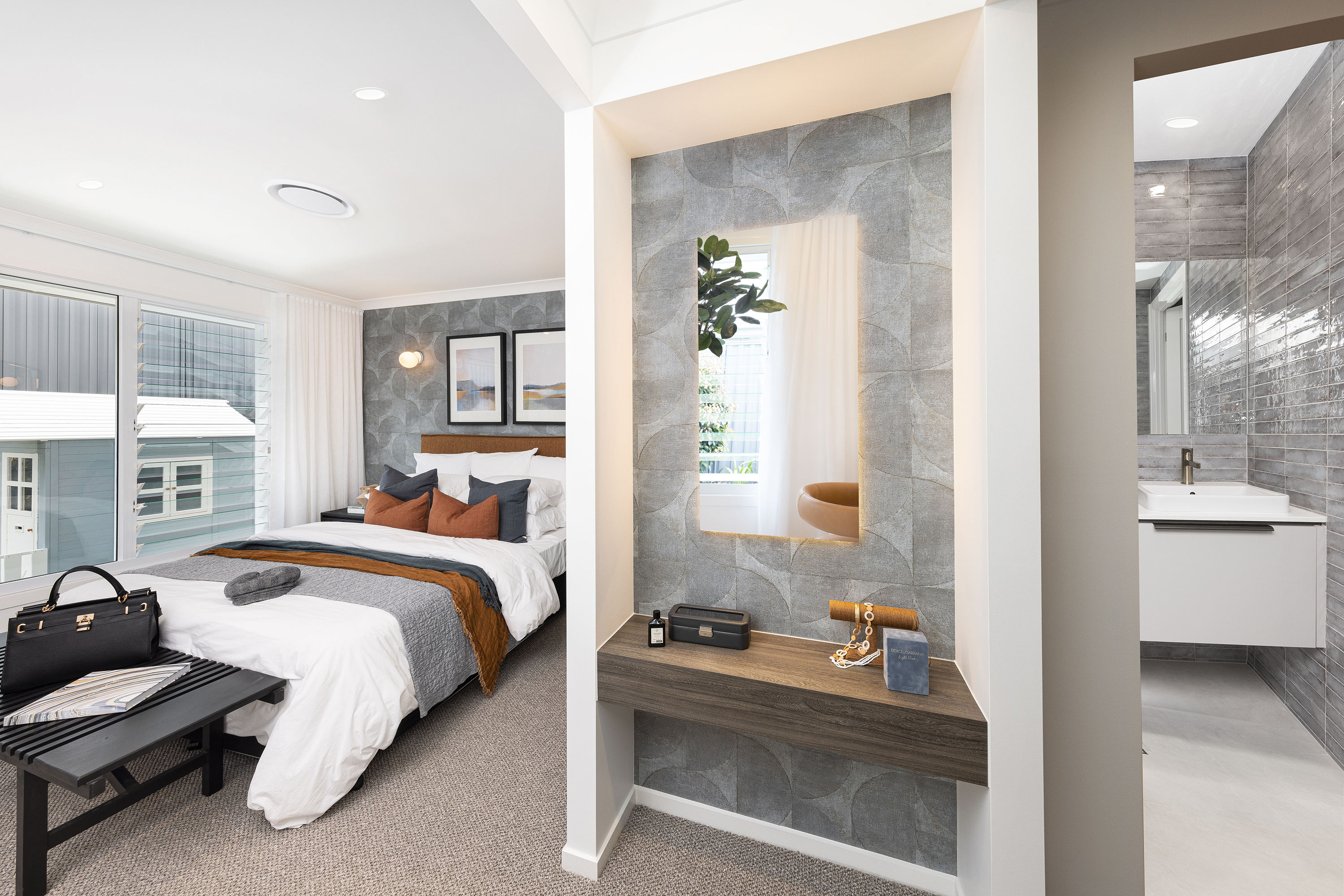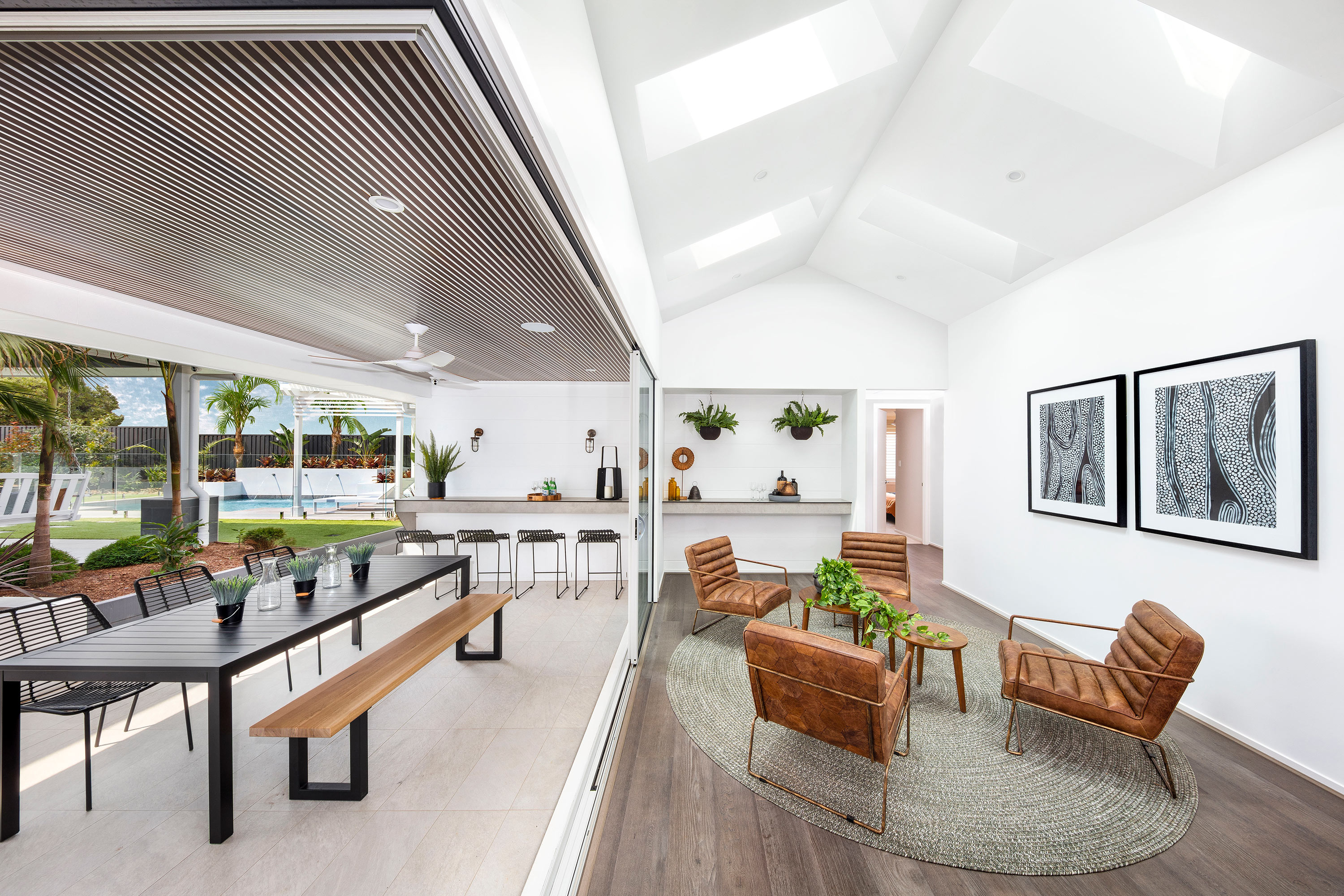How Does Insulation Work in Your New Home

Keeping your home cool in summer and warm in winter can be something of a challenge, especially in a place like Queensland. But using the right insulation material can help moderate your home’s internal temperature and matter heat flow – no matter the season. Want to know more about the science behind insulation? Here’s everything you need to know about installing insulation in your new home.
What is Insulation?
Insulation materials are products that are used in buildings to slow down heat transfer. Essentially, they act as a thermal insulation barrier, helping to keep your home warm in the winter and cool in the summer.
By installing an insulating material in your walls, ceilings and even floors, you can create a more energy-efficient environment. This will not only improve the comfort level for you and your family, but also keep energy bills low.
There are many different common insulation materials, including fibreglass insulation, rigid foam board, reflective foil insulation and more. They work by trapping air or reflecting heat, which makes it harder for heat flows to escape in winter or enter during summer. Not only this, but well-insulated homes also absorb sound, which makes for a quieter and more peaceful space.

What Is The R-Value Of Insulation?
The R-value is used to measure how well insulation can resist heat flow, with higher values indicating stronger insulation. In Australia, new homes need to meet specific R-value standards, which vary by state and territory due to the vastly different climate conditions.
For example, the R-value need for a home in chilly Melbourne will be different compared to what’s needed in sunny (and hot!) Brisbane. The good news is that properly installed insulating materials with the correct R-value can help prevent heat from escaping in winter and keep your home pleasant during the scorching summer months.
Why is Insulation Important?
Not only does having insulation mean you don’t have to rely on excessive heating and cooling, when installed correctly it can help decrease greenhouse gas emissions and add a layer of soundproofing.
Different types of insulation may also improve your home’s indoor air quality by improving air movement and stopping pollutants, allergens and moisture from getting inside. Robust insulation performance can also help prevent issues like condensation, which can ultimately result in mould or even structural damage.

What Factors Influence My Insulation Needs?
There are several factors that should influence your choice of insulation material, including the climate, your home’s design, the building materials used and more. In hotter places like the majority of South East Queensland, reflective foil may be the most effective option, while cooler climates will benefit from bulk insulation.
Other things that can play a role include the orientation of your home and the type of roof (e.g. tile versus Colorbond). Then there are factors like your local council’s building codes, your budget, as well as the desired level of thermal resistance.
Types of Insulation
Insulation products come in two main categories – bulk and reflective – which are sometimes combined into a composite material. Each type has a different purpose and will be suitable for specific weather conditions and areas of your home. Here are a few you might want to consider:
Bulk Insulation
Bulk insulation works by trapping air inside its structure, reducing heat transfer. Common thermal insulation materials include glass wool, batts, rolls, loose fill and polyester, which are generally more effective in cooler regions as they limit heat loss inside your home. It’s easy to install in different areas of a house, particularly in roofs, walls and underneath floors, where it can deliver total thermal resistance.
Reflective Insulation
This type of insulation uses shiny surfaces, usually aluminium foils, to reflect radiant heat away from your home. Perfect for hot climates like Queensland, it stops heat from entering living spaces. Reflective insulation is usually used in conjunction with other types of insulation to boost the overall thermal performance. It can be installed in roofs, walls and floors to reflect heat away during the summer and keep your interior cooler. Plus, it’s lightweight, easy to handle and can also stop moisture from building up, which is ideal for humid Brisbane and its surrounds.
Composite Insulation
Composite insulation combines bulk and reflective materials, so it’s a great all-rounder that works in both hot and cold conditions. This type of insulation is designed for superior performance by combining the best properties of both insulation types, which makes it suitable for all parts of the home. If you’re looking for excellent heat resistance and moisture control, this thermal insulation material should be top of your list.

What are the Most Important Areas to Insulate in My Home?
Certain parts of your home are more important to insulate in order to make the space more energy efficient and comfortable. Depending on your budget, you might also consider using structural insulated panels or rigid foam board insulation to streamline the process during construction.
Ceilings and Roof
Insulating ceilings and roofs is essential, as doing so can help you save up to 45% on your heating and cooling costs. At the same time, proper thermal insulation will keep your home cool in summer and warm in winter.
Walls
Insulating your internal walls will slow down the transfer of heat and potentially help you save on heating and cooling energy costs. It helps maintain a consistent indoor temperature year-round, even during a Queensland heatwave.
Floor
Floor insulation is a great option in cooler parts of the country as it can help prevent heat loss. In warmer regions like Queensland, it can reduce heat gain from the ground and therefore boost your overall comfort levels while inside.
Your Building Journey
When building your dream home, you want to make sure it’s as comfortable as it is stylish. So choosing the right insulation for your home is more important than you might think. The team at Brighton Homes can help guide you on your home-building journey, so reach out today and start exploring our incredible selection of home designs and house and land packages.



